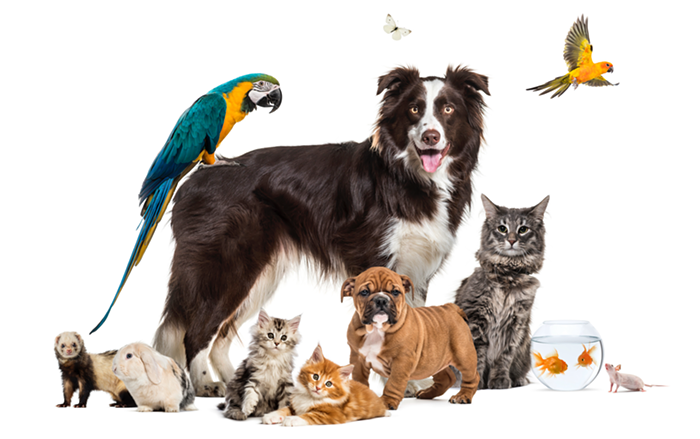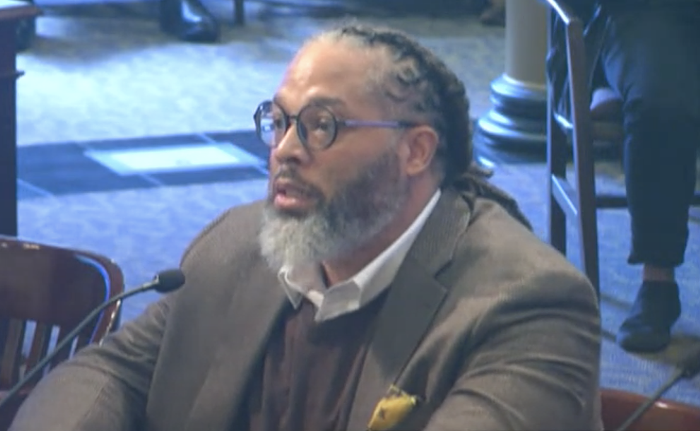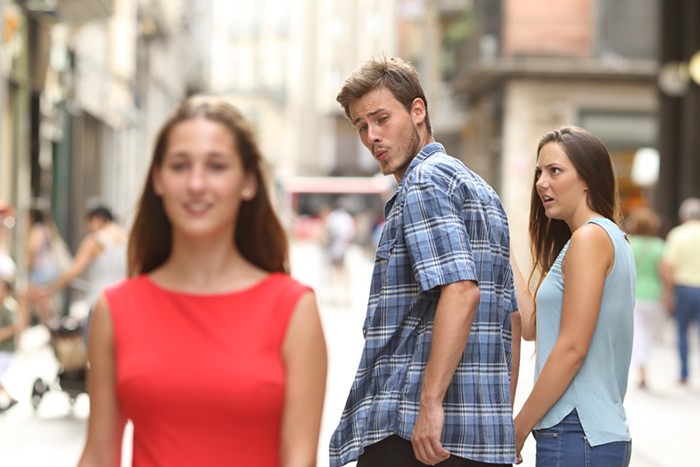"SOME OF THE WORK that I was doing with artists that I really believed in was getting lost in the bustle and the mania of the festival," explains PICA Visual Art Curator Kristan Kennedy of her curatorial role in TBA over the years. "I really wanted to make a focused exhibition of only the artists that are speaking to each other about this concept of 'end things.'"
Kennedy is right. Digesting TBA's visual art programming has been a daunting task in past years. Navigating the work can feel like a comically heady StumbleUpon session: Each project requires detailed research and discussion and weeks of thinking and considering and catching up on an artist's conceptual footing and double-checking the execution and then more thinking and thinking and thinking—all the while, each project's corresponding schema of research rests in its own little compartment, sealed off from the other shows and steeping in its own expansive ecosystem of meaning. It's a lot to ask and expect of audiences, and frankly, an example of the well-intentioned art snake biting its own tail.
End Things is designed to defang the overload of past festivals—the exhibition uses only six of PICA's 12 visual art budgetary allotments for the year. (The remaining six will be presented throughout the year in a slower, more focused fashion, centering around PICA's new downtown office/event space.) Kennedy says the idea of animation—"things" in and out of motion, and the ways we understand them—tie the six projects that make up End Things together.
She explains that the idea was born out of conversations with TBA:10 artist Storm Tharp: conversations about things (art things, specifically), why we keep them around, what they mean, and how they never stand still physically, conceptually, or even semiotically.
Also contributing to the idea of End Things were talks with TBA:11 artist Anne Marie Oliver about animation.
"Greco-Roman sculpture, with all their flowing robes, was proto-animation—all that was to show movement," says Kennedy, "and now we're in this sort of hyper-animation state of the world. [Oliver] paraphrased some famous philosophers in saying that if something is moving it can't be understood, and [in relation to movement] I started to think about the idea of thingness."
So how do we understand objects, let alone art, in a world of ever-quickening things, disposable things, things we don't care about that are designed to profit off of that exact emotional disconnect?
For starters, we must get reacquainted with our things—and the vast internets of potential inside each—if we're to know how to better interact with them.
To help us along: a touchable installation of movable sculpture from Erika Vogt; sound presented as object by Claudia Meza; things diffused over transmuted form (stills from films about objects, translated to wall paintings) by Paris-based Isabelle Cornaro; a week-long object-based storytelling session from writer and artist Alex Cecchetti; "pastel environments," sculptures on beanbag chairs, and a fountain made from Oregon clay by Mo Ritter; and Dutch collective van Brummelen & de Haan's 16mm film centering around the inaccessibility of a particular Turkish frieze due to its potential to spark political upheaval.
Each project, while as particular to itself as anything from past TBAs, has the added benefit of sharing conceptual train tracks with fellow End Things contributions. Check our TBA blog (portlandmercury.com/tba) for expanded details on End Things projects and a one-billion-word interview with Kristan Kennedy that will fill you in on everything you ever wanted to know about TBA:12.
______________________________________________________________
End Things
Alex Cecchetti, Mo Ritter, van Brummelen & de Haan, and Erika Vogt at Washington High School, Thurs Sept 6-Sat Sept 29; Claudia Meza at White Box at the U of O, Sat Sept 1-Sat Sept 22; Isabelle Cornaro and Mo Ritter at PICA, Fri Sept 7-Sat Sept 29, pica.org













